Simulation
Type of resources
Topics
Keywords
Contact for the resource
Provided by
Years
Formats
Representation types
Update frequencies
-
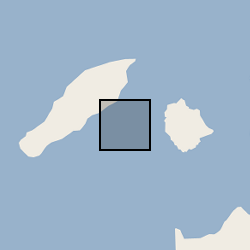
The folders contain the inputs required to run numerical simulations of the Anak Krakatau eruption in 2018, including ERA wind field data, and model input files (.bak). Two sets of simulations were used. The first set of simulations were inversions (see inversion file), which allows input parameters to be estimated through application of numerical model to observations. Multiple inversions were used accounting for different amounts of water entrained at the source (Fractions of 0 - 0.25 in 0.05 intervals). The best fit input parameters were used to run the forward model (see ForwardModel folder), and the results were compared to asses those most representative of observed eruption dynamics (Sim6).
-
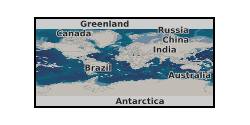
The two earthquake scenario narratives are communications tools created to engage the local population and policy makers in Weinan city. They will be uploaded on the Overseas Development Institute website and be publicly accessible.
-
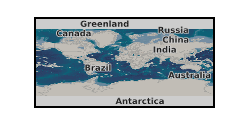
This dataset contains data from two publications investigating mackinawite FeS in an aqueous environment. The first includes the derivation and validation of the force field parameters necessary to model the system (http://link.springer.com/article/10.1007/s00214-015-1782-8). In the second publication, the force field is employed to predict the structural and dynamical properties of water at the interface with the (001) surface of mackinawite (http://scitation.aip.org/content/aip/journal/jcp/144/9/10.1063/1.4942755).
-
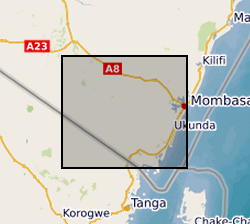
The download .rar file contains a groundwater model of the coastal aquifer in Kwale County, Kenya (ModelMuse Text File) produced by Dr Nuria Ferrer and Dr Albert Folch at the Universitat Politècnica de Catalunya. The model can be used to explore future climate and groundwater abstraction scenarios to provide management recommendations. The download does not include proprietary abstraction data from industry project partners, thus running the model provided here will not reproduce published research findings. The file named”np67IH.bhd” are the initial heads file required to run the model.
-
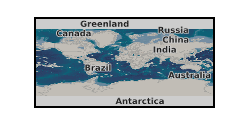
A Multiphysics model for a molten carbonate fuel cell (MCFC) developed in COMSOL. This is a multiphysics model for a MCFC. It has been built using COMSOL Multiphysics®. It enables the user to investigate the composition of the fuel and flue gases as well as the design parameters (e.g. the thickness of the electrolyte) on the performance of the fuel cell and the efficiency of CO2 capture. For example, the impact of CO2 concentration in the flue gas on the fuel cell performance and the carbon capture factor (which is a measure on how much CO2 has been concentrated from the flue gas) could be evaluated. One of the key findings show that the fuel cell performance improves and the carbon capture factor decreases with increasing CO2 in the flue gas. A process model for liquid fuel production through reverse water gas shift (RWGS) and Fischer-Tropsch (FT) developed in Aspen Plus. The model enables the user to examine the production of liquid fuels through CO2 hydrogenation followed by FT synthesis. The user can test different conditions for the RWGS such as H2/CO2 ratio and temperature and investigate how these changes affect the CO2 conversion. The product distribution for the FT follows the Anderson–Schulz–Flory (ASF) distribution. The ASF model is applied in a FORTRAN calculator and assumes a chain growth probability factor (α) of 0.9; the user may change the value of α and investigate how this affects the product distribution. A CO2 compression model developed in Aspen Plus. The model liquefies the captured CO2 stream through multistage compression with intermediate cooling and water condensation/removal. UKCCSRC Flexible Funds 2020.
-
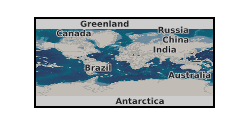
Numerical models of mass flows and tsunamis that they generated with their entrance in the sea. The mass flows propagate in the Sciara del Fuoco of Stromboli. The mass flows are not real events, but are rather used as a sensitivity analysis to examine tsunamigenic potential of mass flows of landslides and pyroclastic flows of different durations, volumes and coherence. The data was generated with the two fluid version of the Volcflow model. The material includes tsunami height measurements (plotted as well as raw data) for each run recorded by virtual gauges located around the island (map of gauges included), maximum wave height data in the area around the island and at the shores, a video visualisation of the mass flows and resultant tsunami waves, and a figure of the final deposit from each modelled mass flow. The numerical model simulations were carried out by Symeon Makris. The Volcflow code is not included in the submitted material but it is open source and can be downloaded here: https://lmv.uca.fr/volcflow/
-
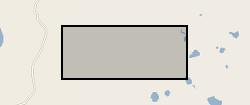
Microgravity data collected at Uturuncu Volcano located in the Altiplano-Puna Volcanic Complex, central Andes, in November 2022. Raw data collected along a survey line spanning from Laguna Colorada to Laguna Verde using a field gravimeter. All data have been preprocessed and corrected for tidal and drift effects. Data are reported with respect to reference station UBAS located to the west of Uturuncu near the Laguna Colorada.
-
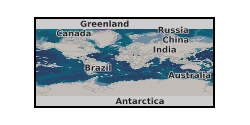
These data show images recorded using a variety of methods of a model system of bacterial metal reduction. In all cases the bacteria grew from a pure culture of Geobacter sulfurreducens, and grew undisturbed on thin films of amorphous Fe oxyhydroxide – ferrihydrite. The different imaging methodologies have highlighted different features of this interaction. AFM shows the surface texture of the bacteria and ferrihydrite films; epifluorescence was used to allow counting of the cells at different time points from 0 to 12 days post inoculation (cell counts available in excel spreadsheet); and confocal imaging allow visualisation of the redox patterns surrounding cells and to identify areas of bioreduced Fe(II) (quantification of Fe(II) available in excel spreadsheet). The following data is included: 1. 9 x AFM images of Geobacter sulfurreducens bacteria growing on ferrihydrite films 2. 5 x epifluorescence images of Geobacter sulfurreducens bacteria growing on ferrihydrite films over time 3. spreadsheet bacterial counts associated with epifluorescence images 4. 7 x confocal images of Geobacter sulfurreducens bacteria growing on ferrihydrite films with redox green staining of appendages 5. 5 x example confocal images of Geobacter sulfurreducens bacteria growing on ferrihydrite films with Fe(II) highlighted by RhoNox-1 6. Spreadsheet of quanitfication of RhoNox intensity against bacteria and Fe co-location Data is presented which shows the formation of precious metal nanoparticles on the surface of geobacter sulfurreducens cells. The images were produced by CryoTEM. Full details of the experiment are available in this publication http://onlinelibrary.wiley.com/doi/10.1002/ppsc.201600073/full 7. Powerpoint presentation of TEM images of precious metal nanoparticles formed on the surface of Geobacter cells
-
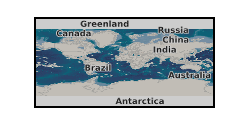
General circulation model (HadCM3) output of the study by Matero et al. (2017) “The 8.2 ka cooling event caused by Laurentide ice saddle collapse. Data has been processed into netCDF4 - timeseries, and includes the following variables at model resolution: ocean temperature, ocean salinity, precipitation, air temperature at 2m height, depth of the oceanic mixed layer, sea ice concentration and meridional overturning circulation strength. The atmosphere component of the model has a horizontal resolution of 2.5° x 3.75° with 19 unevenly spaced vertical layers. The ocean component has a horizontal resolution of 1.25° x 1.25° with 20 unevenly spaced vertical layers. For more information see published paper, https://doi.org/10.1016/j.epsl.2017.06.011
-
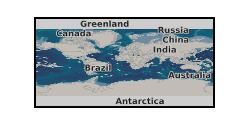
A new family of spherical harmonic geomagnetic field models spanning the past 9000 yr based on magnetic field directions and intensity stored in archaeological artefacts, igneous rocks and sediment records. The pfm9k geomagnetic field models and datafiles as well as the individual bootstraps of the pfm9k.1b geomagnetic field model presented in A. Nilsson, R. Holme, M. Korte, N. Suttie and M. Hill (2014): Reconstructing Holocene geomagnetic field variation: new methods, models and implications. Geophys. J. Int., doi: 10.1093/gji/ggu120 are included here.
 BGS Data Catalogue
BGS Data Catalogue